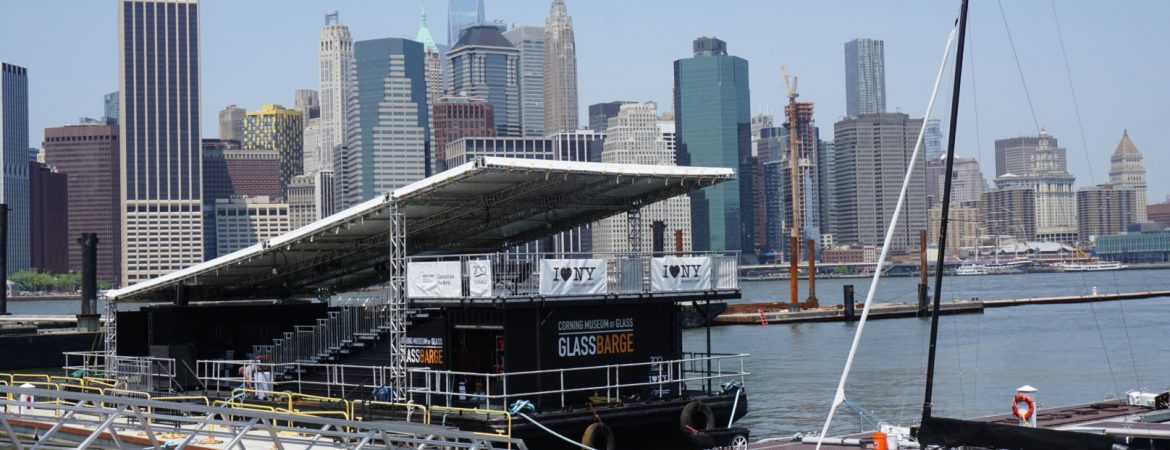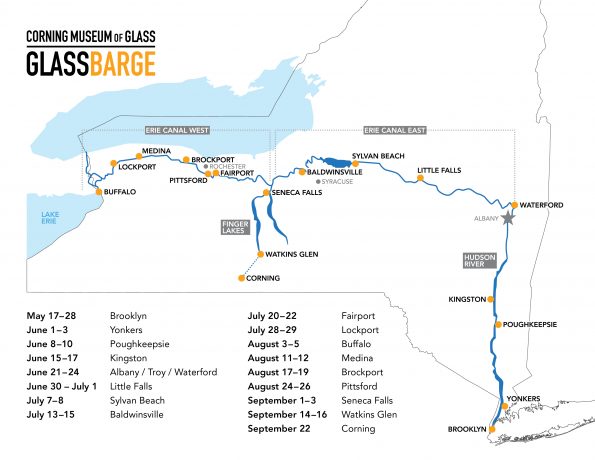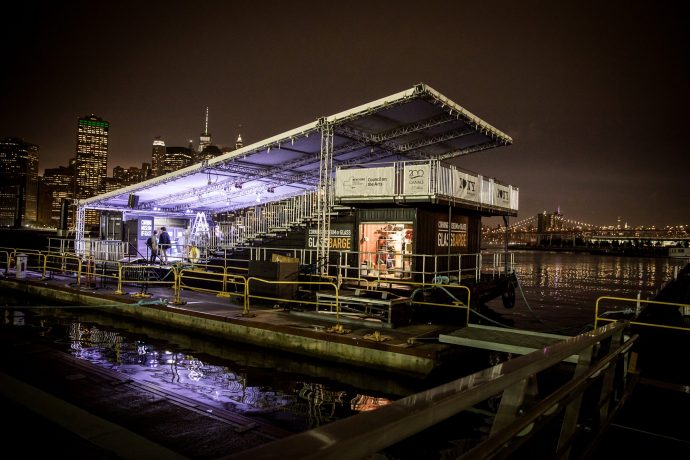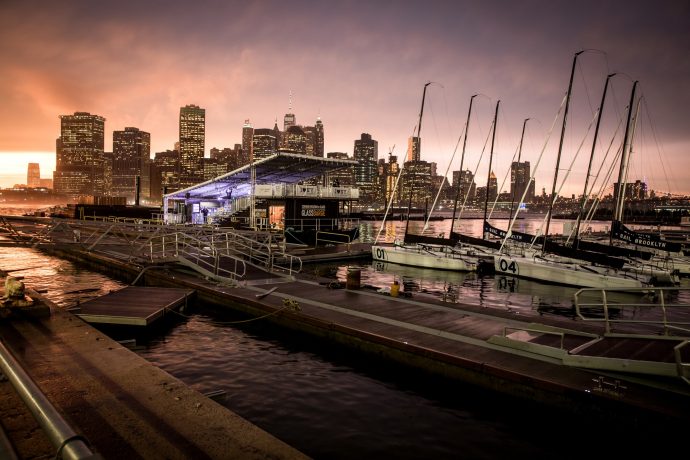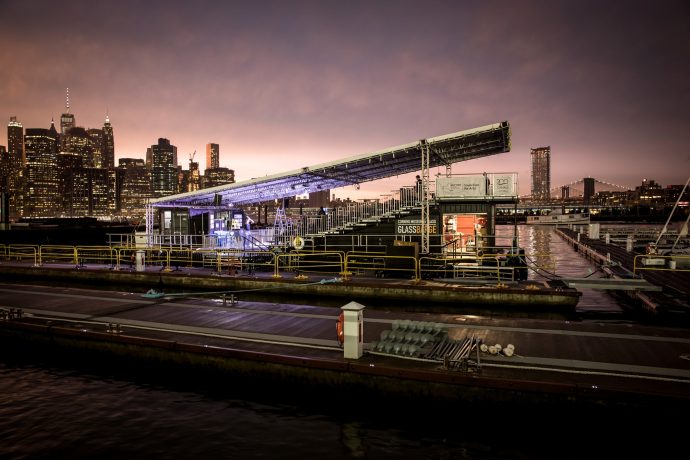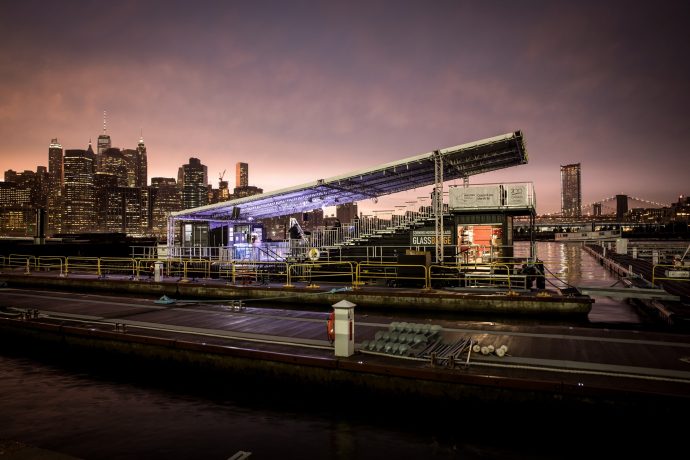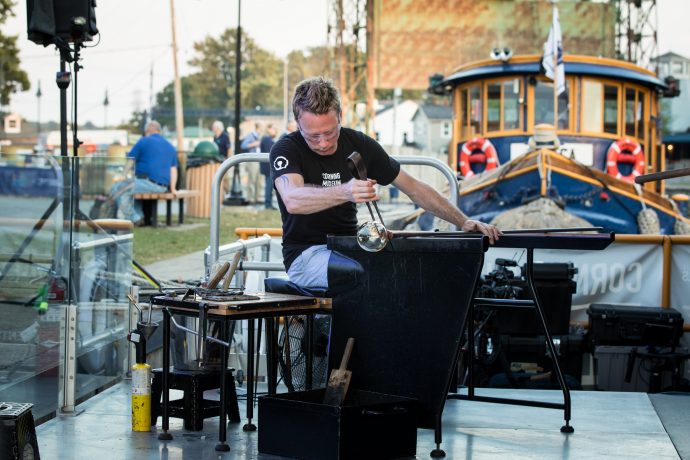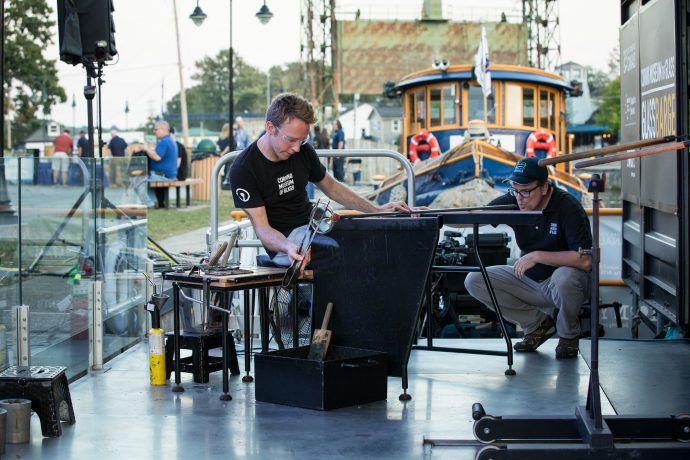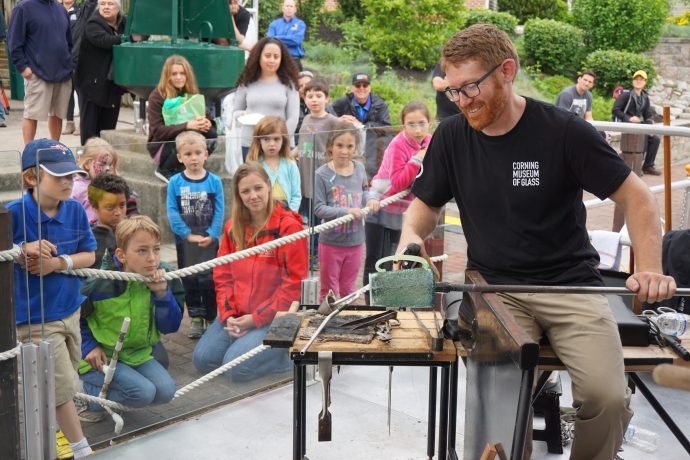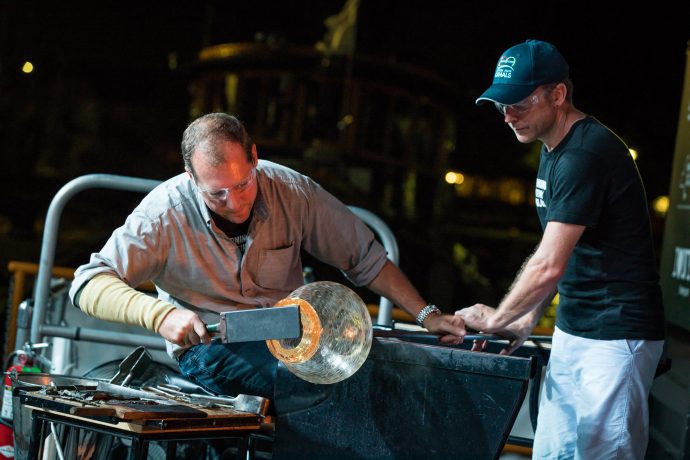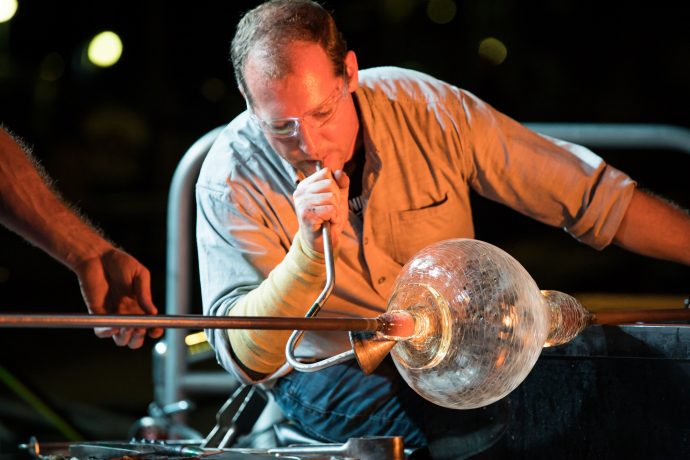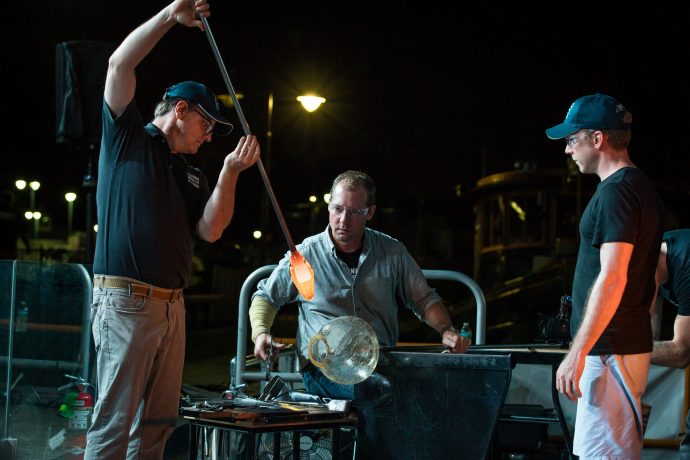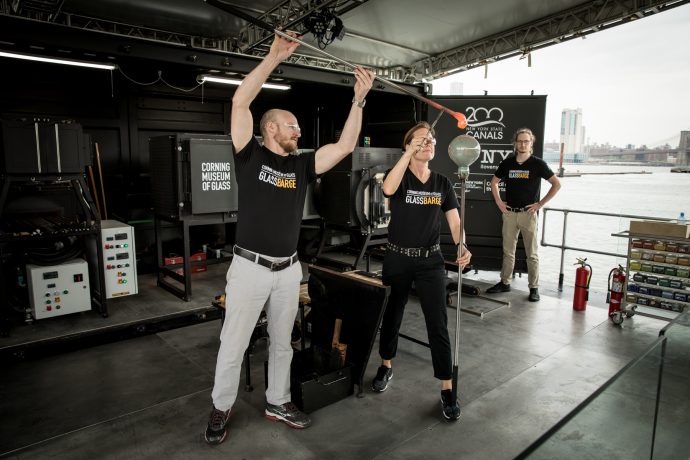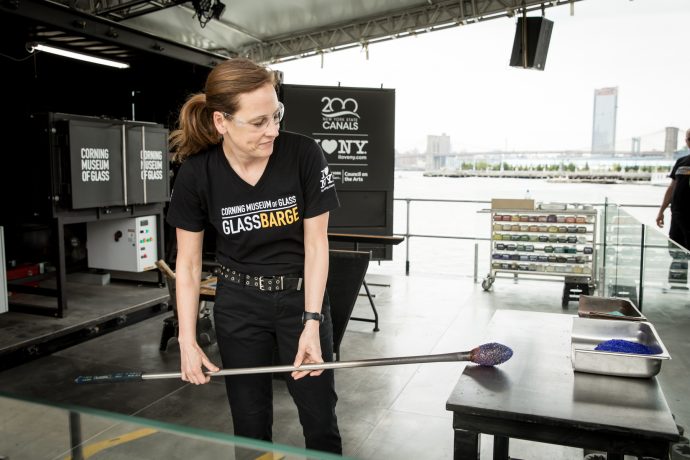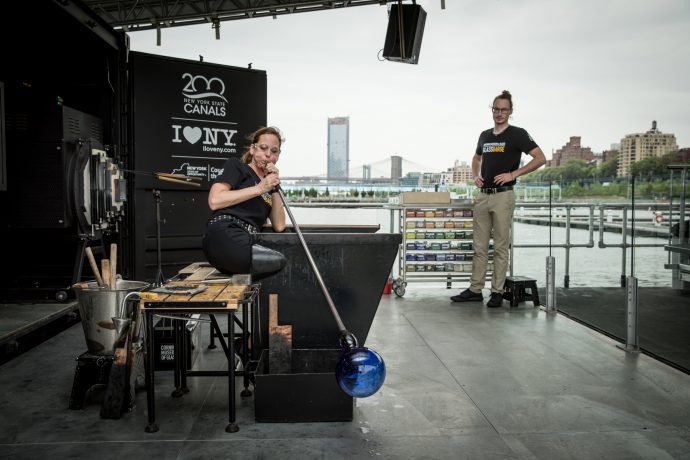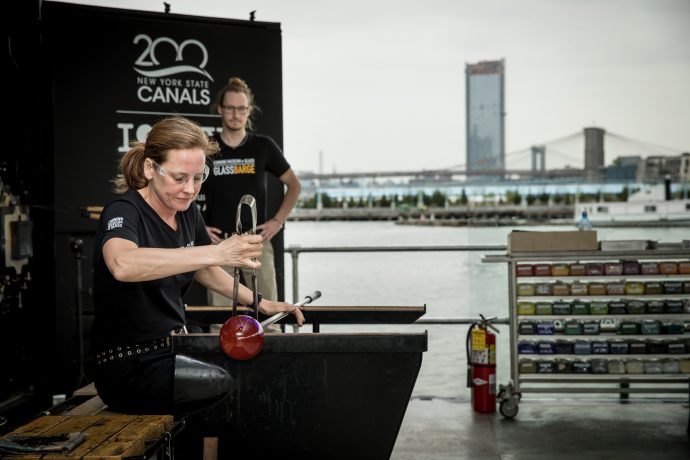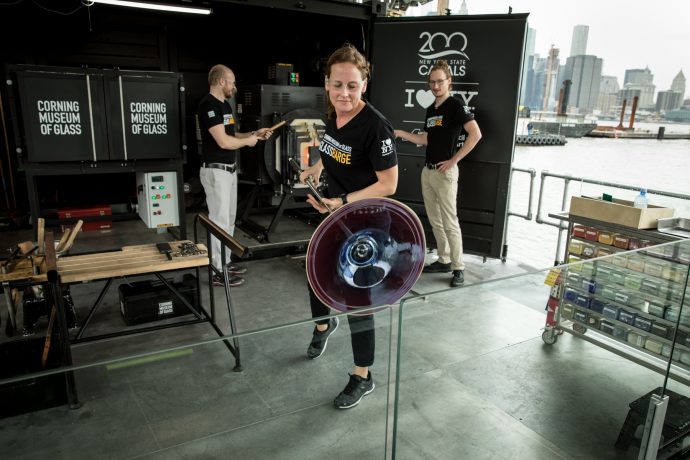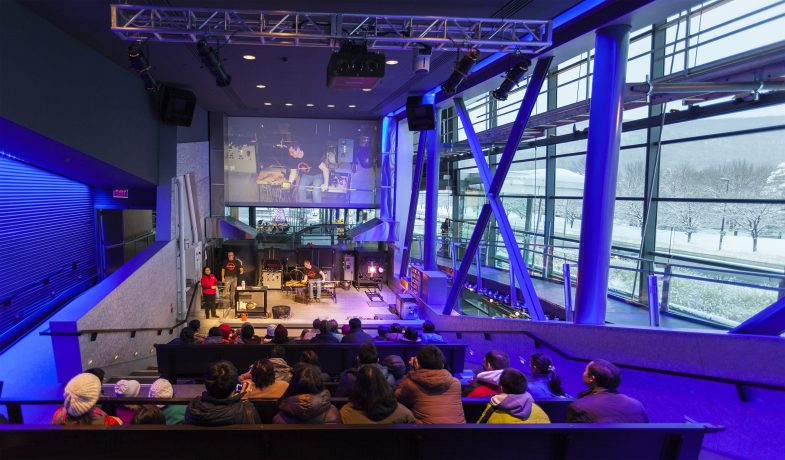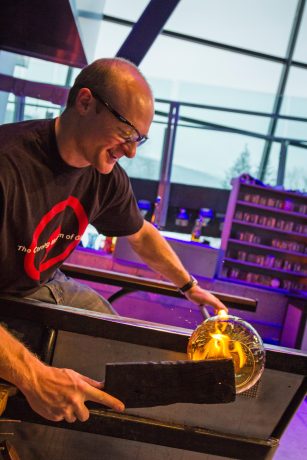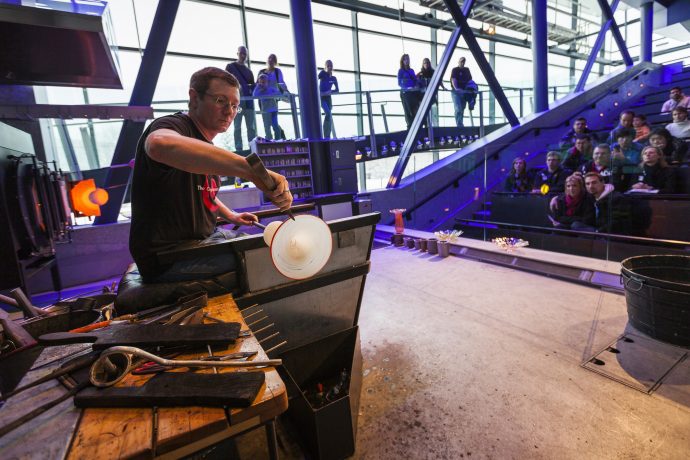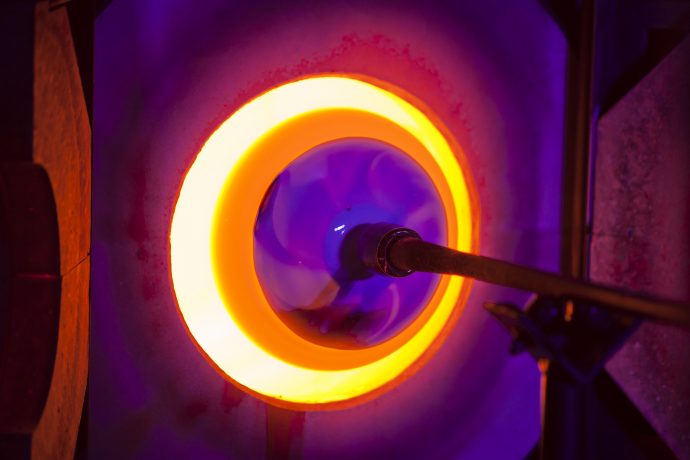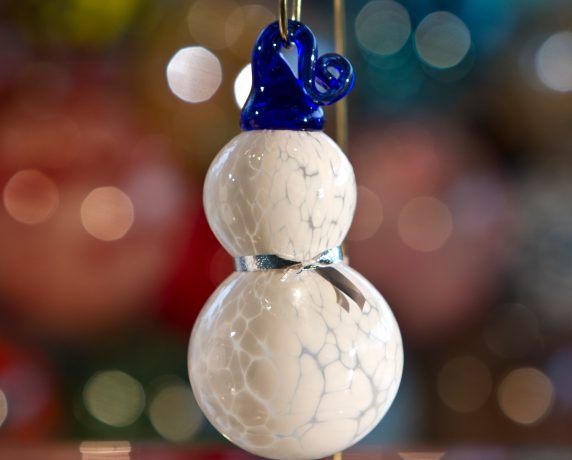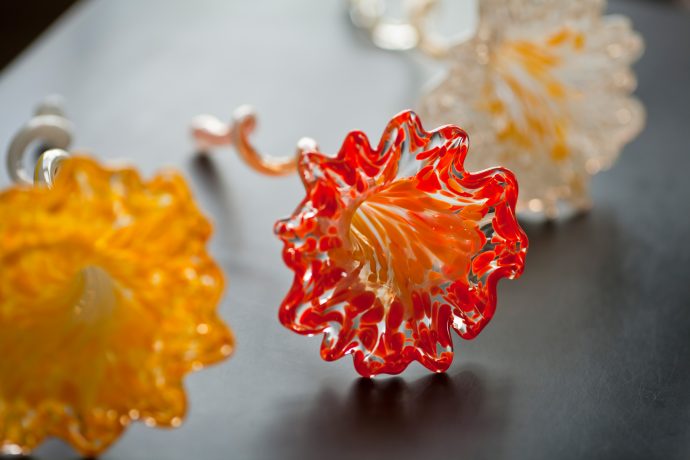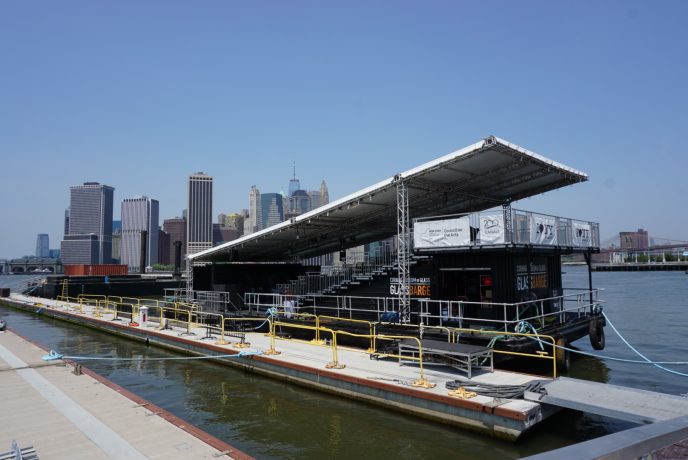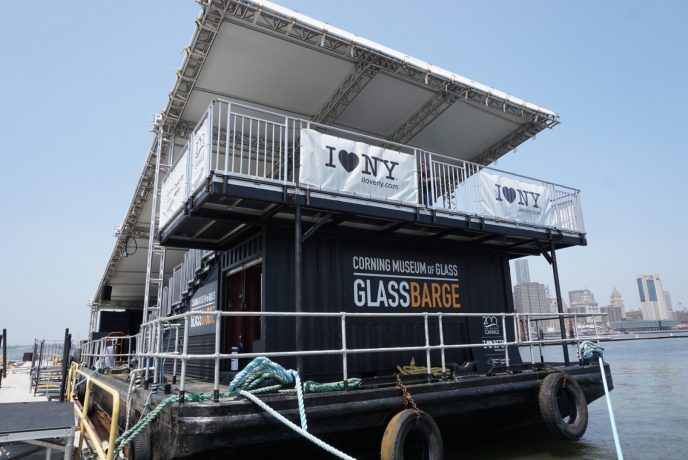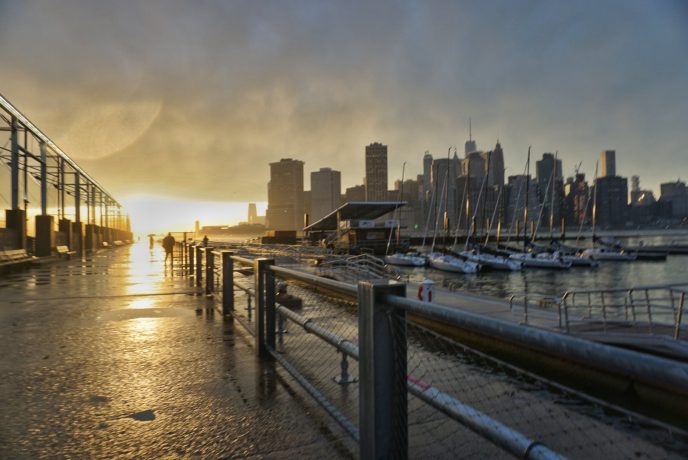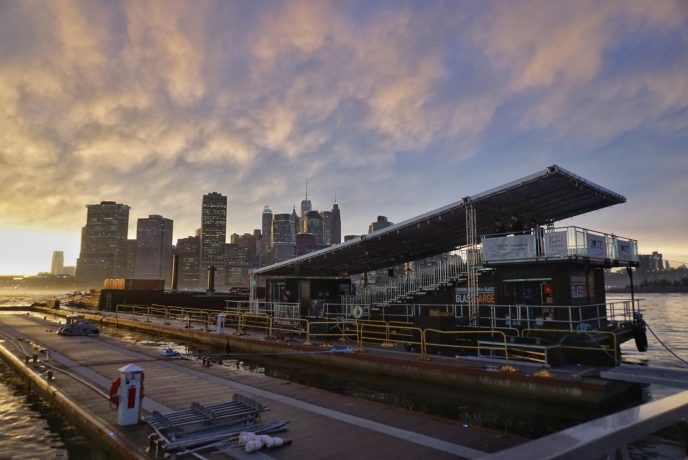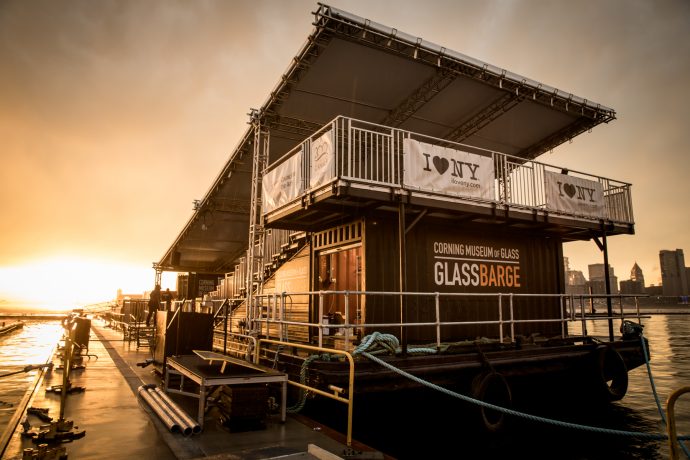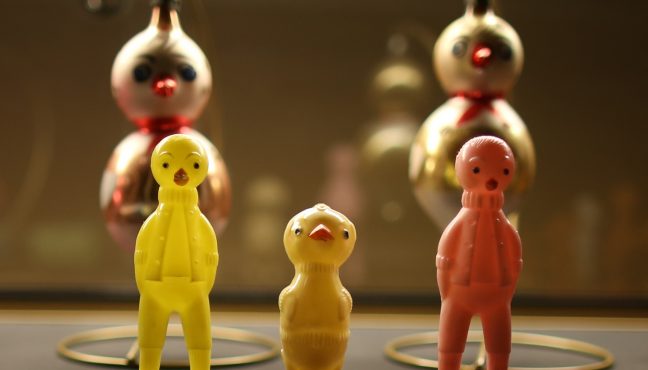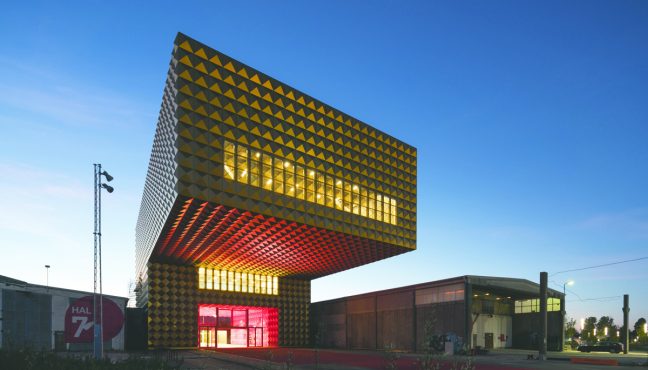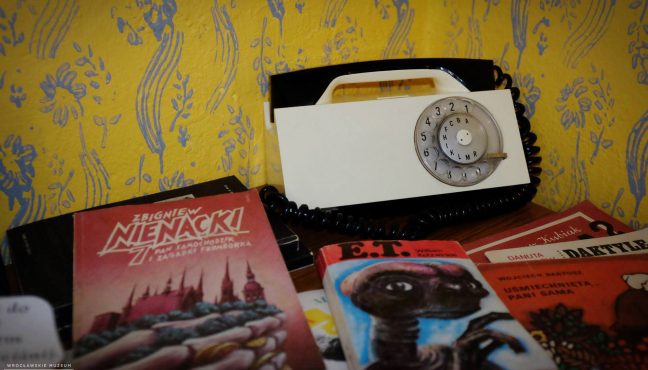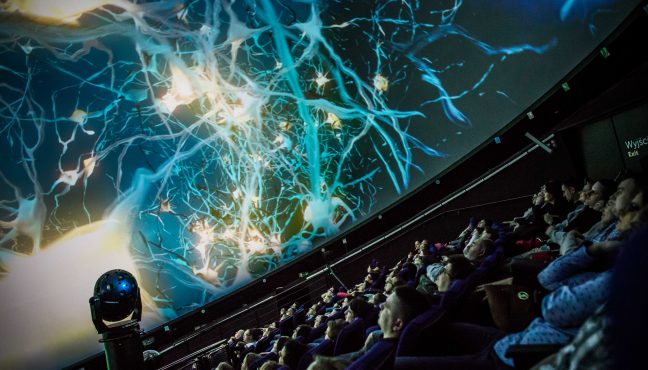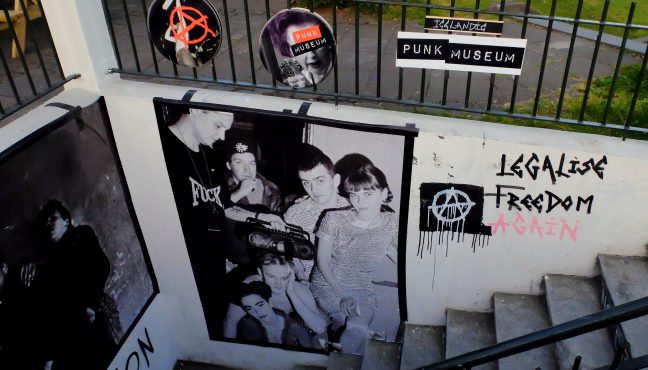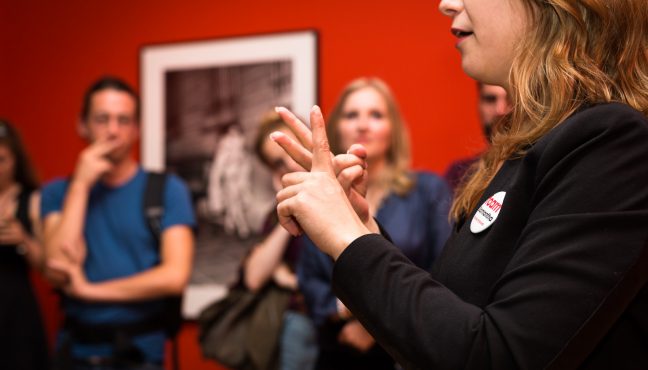Located in the scenic Finger Lakes region, the small city of Corning, New York, is home to The Corning Museum of Glass. This world-class museum explores the history and use of glass both locally and internationally. As part of New York’s celebration of the Erie Canal bicentennial, the Museum created GlassBarge to sail throughout the state on a promotional tour. We interviewed two staff members, Rob Cassetti and Kim Thompson, to learn more about GlassBarge and other educational programs at the Museum.
Responses from Rob Cassetti, Senior Director of Creative Strategy and Visitor Engagement, The Corning Museum of Glass:
What is GlassBarge and who came up with the idea for it?
GlassBarge is a 30’ x 80’ canal barge equipped for glassblowing demonstrations that will make its way across the waterways of New York State this summer. We’re celebrating the 150th anniversary of the Brooklyn Flint Glass Works relocating to Corning, NY. A major logistics feat, which they accomplished by canal barge! The move to Corning shaped the fortunes of both the company and town, which would become known as the “Crystal City,” in reference to the cut-glass industry there. GlassBarge was developed by the Museum when we learned about the amazing synchronicity between our anniversary and the bicentennial of the Erie Canal.
What activities can visitors to GlassBarge take part in?
We’re excited to welcome new audiences from across the state, beginning in Brooklyn in mid-May, aboard GlassBarge, for free, half-hour glassblowing demonstrations. Our team of gaffers (glassmakers) will also share the incredible history of glassmaking in Corning. GlassBarge will also travel with a flotilla of historic vessels from the fleets of the Lake Champlain Maritime Museum and the South Street Seaport Museum, both of which will offer interpretative programming of their own. We will be joined by the Maritime Museum’s Lois McClure, a full-scale replica of an 1862 schooner, and a historic tugboat from the fleet of the South Street Seaport Museum.
Were there any challenges during the planning stages of GlassBarge?
The Corning Museum of Glass is an innovator in mobile hot shop technology. We’ve created tractor trailers with glassblowing units and installed all-electric hot shops on cruise ships. The GlassBarge is an exciting extension of our past experience.
Do you have any plans for GlassBarge itself after the end of its tour on September 22? What will become of it?
After four months on the water, the GlassBarge tour will end in Corning with a ceremonial last leg of the journey from Watkins Glen to Corning taking place by land, as the feeder canals that once connected Seneca Lake to Corning are no longer there. The history that GlassBarge brings to life will continue to be presented in the Museum’s newly renovated Crystal City gallery. GlassBarge is a one-year program to celebrate the 150th anniversary.
Responses from Kim Thompson, Media & Public Relations Manager, Corning Museum of Glass (Museum Spokesperson):
Your glassblowing classes are very popular among visitors of all ages. How important it is for the Museum to develop this educational aspect?
The Studio is one of the best glassmaking schools in the world. Not only are artists and glass enthusiasts able to take in-depth glassmaking classes, but The Studio offers 40-minute Make Your Own Glass workshops to visitors from around the world, no previous experience required. These classes are meant to give visitors a hands-on experience they can’t find many other places, and it enhances their appreciation of this unique and beautiful material.
How difficult is it for first-time participants to learn glassblowing? What challenges are there in teaching beginners?
The Studio offers 40-minute glassmaking experience to people of all ages with no experience whatsoever. Each visitor who makes their own glass works closely with a talented glassmaker to complete their project. Projects range from blowing a glass ornament or forming a hot glass flower to flameworking a bead or fusing a windchime. There are many seasonal projects offered from heart paperweights at Valentine’s Day to Easter eggs, and from glass pumpkins in the fall to snowmen during the holiday season.
Any tips for those who’re just starting?
A Make Your Own Glass experience at The Studio is perfect for whetting your palate. People often discover that they love the thrill of working with molten glass during a Make Your Own Glass experience, and they will sign up for a weekend or even week-long class at The Studio. Many glassmakers come to glassmaking completely by accident—often you’ll hear stories from glassmakers who discovered the material because they needed to take an art elective in college, and they became transfixed by the roar of the glassmaking furnaces and the heat of the 2100° glass.
Do you have any activities for children too young to participate in the glassblowing classes?
The Studio offers projects for all ages. If you can blow up a balloon, you can blow glass. Glass ornaments are good projects for children as young as two years old. We also offer sandblasting that involves placing stickers on a clear glass, and then blasting it with sand, etching the outline of the stickers into the glass. Very young children enjoy this activity, as do adults. The entire process is done cold, and therefore can be taken home the same day. All other projects require annealing (slow cooling) time as to remove the stress from the glass.
What are your personal favorite programs at The Corning Museum of Glass?
I grew up making glass at The Studio long before Make Your Own Glass experiences were first offered. I was always fascinated with the process of making glass beads at the flameworking torch. I started taking 10-week flameworking classes in high school, and have picked it up again since working at the Museum. Even with more than a decade of experience at the flameworking torch, I consider myself a beginner, and I am always thrilled to learn from the talented instructors who come to teach at The Studio. There are so many sources of inspiration, from the teachers and other students to the world-renowned glass collection directly across the parking lot from The Studio. For so many artists, Corning is the “glass mecca” and I am constantly reminded how lucky I am to live in Corning, surrounded by so much glassmaking history and present-day talent.
We at Museeum hope you will have a chance to visit The Corning Museum of Glass and see GlassBarge as it tours the state in the upcoming months. Finally, we would like to thank Rob Cassetti, Kim Thompson and Ruth Frankel for their assistance with this article.
